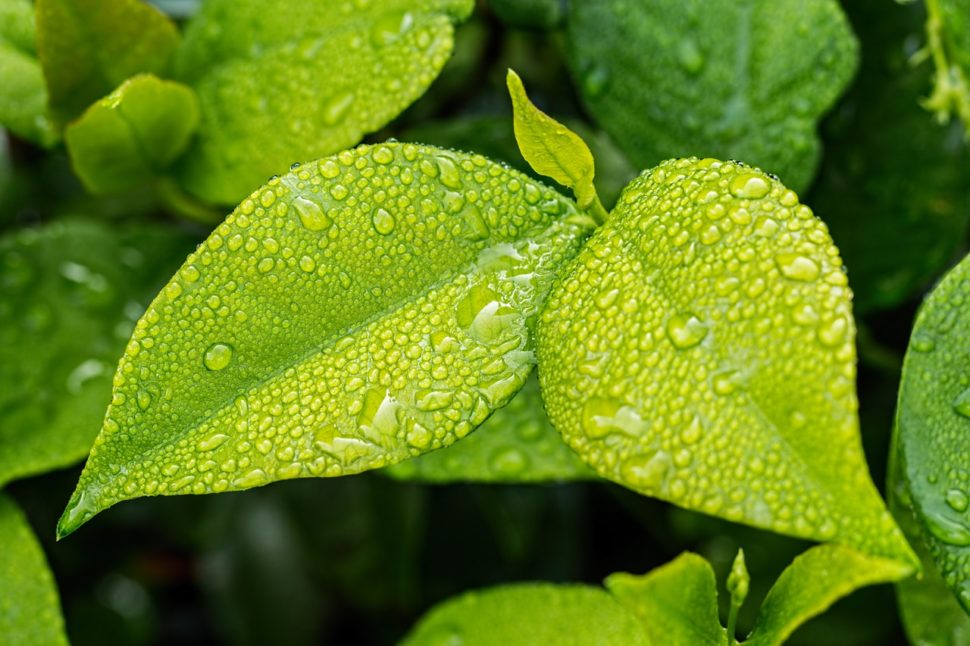Thanks to a better understanding of the breathing mechanism in plants, researchers can now breed water-efficient crops.
Back in the 19th century, botanists discovered that leaves have pores called stomata. They also noted that these pores contain a complex internal network of air channels.
At the time, the scientists didn’t understand how the air channel functioned to deliver the right amount of carbon dioxide to all the cells in the plant. Now, they do.
Speaking on the project, Leverhulme Early Career Fellow at Lancaster University, Dr. Marjorie Lundgren said:
“Scientists have suspected for a long time that the development of stomata and the development of air spaces within a leaf are coordinated. However, we weren’t sure which drove the other. So this started as a ‘what came first, the chicken or the egg?’ question.”
They answered the question. Using genetic manipulation techniques, the researchers at the University of Sheffield were able to explore the nature of stomata further.
The findings in Nature Communications revealed that the more stomata a leaf has, the more airspace it forms. Also, they noted that the movement of CO2 primarily determines the shape and scale of the air channel network through the pores.
This is huge!
The discovery is a massive leap in our understanding of the internal structure of a leaf. Alongside explaining how the stomata work, the study also describes how tissue functions influence the plant’s development.
Dr. Lundgren noted:
“While we show that the development of stomata initiates the expansion of air spaces, we took it one step further to show that the stomata need to be exchanging gases for the air spaces to expand. This paints a much more interesting story, linked to physiology.”
The ramification of this study extends beyond botany into other fields such as evolutionary biology.
Creating Water-Efficient Crops
Findings from the study also revealed that the leaves of wheat plants have fewer air channels and pores. This explains why the plant has densely packed leaves to enable them to grow with less water.
With this new insight, scientists can now alter the internal structure of leaves to breed water-efficient crops like wheat. Other scientists at the Institute of Sustainable Food are already exploring this approach in creating climate-ready rice and wheat.
According to a researcher from the Institute for Sustainable Food at the University of Sheffield, professor Andrew Fleming:
“The fact that humans have already inadvertently influenced the way plants to breathe by breeding wheat that uses less water suggests we could target these air channel networks to develop crops that can survive the more extreme droughts we expect to see with climate breakdown.”



















Comments (0)
Most Recent